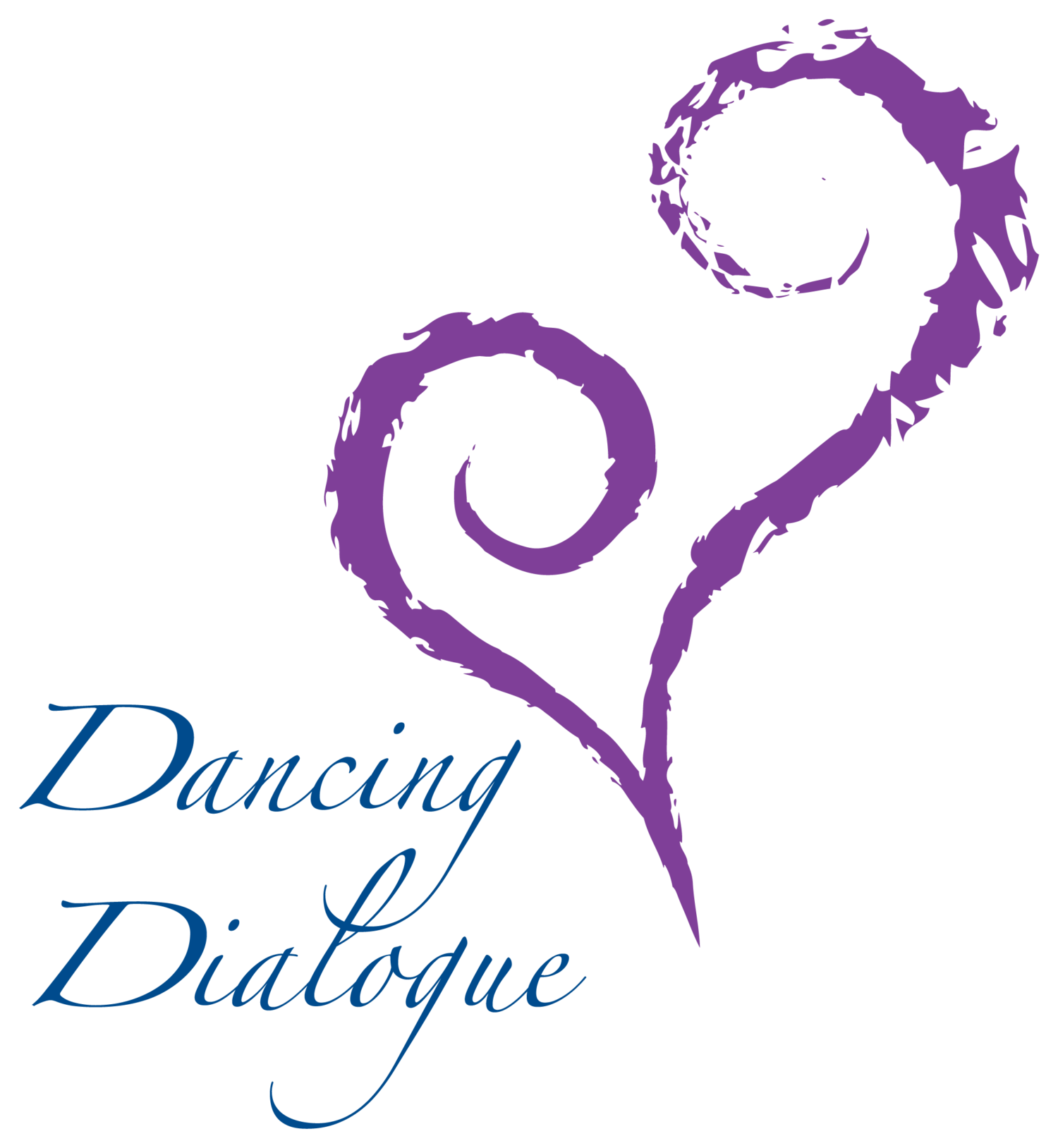The Underlying Meaning of Infant and Young Children’s Behaviors: how the embodied experiential nature of our interactions can build emotional expression, social engagement and strengthen the attachment relationship between infants/young children and their caregivers. with Keynote Speaker: Suzi Tortora, EdD, BC-DMT
Dr. Tortora holds a doctorate from Columbia University and serves as consultant to the “Mothers, Infants and Young Children of September 11, 2001: A Primary Prevention Project” in the Department of Psychiatry, Columbia University under Dr. Beatrice Beebe. She has developed the Integrative Medicine Services Dréas Dream dance/movement therapy program for pediatric patients at Memorial Sloan-Kettering Cancer Center, where she is the senior dance therapist. Dr. Tortora has published numerous papers about her therapeutic and nonverbal communication analysis work and her book, The Dancing Dialogue is used extensively in dance/movement therapy training programs. She holds a board position at NY Zero to Three Network. Dr. Tortora has a private dance/movement therapy practice in New York City and Cold Spring, NY and teaches and provides training programs nationally, internationally and through webinars. She has been featured on “Good Morning America”, “Eyewitness News” ABC –TV Malcolm Gladwell’s book, What the Dog Saw.
Conference Title:
The Underlying Meaning of Infant and Young Children’s Behaviors: how the embodied experiential nature of our interactions can build emotional expression, social engagement and strengthen the attachment relationship between infants/young children and their caregivers.
Description:
It is not just what you say but how you say it - with your body - that counts. We communicate with babies, and each other before we even say a word. Babies also talk to us right from the beginning through their facial expressions, body actions, the quality of their vocalizations and even the way they look at us. This embodied experiential nature of our interactions can be used to understand the underlying meaning of an infant and young child’s behaviors as well as build emotional expression, social engagement and strengthen the attachment relationship.
This conference will demonstrate how dance, movement, music and rhythmic activities can be used to support infants, young children and their families who have experienced trauma and are “at-risk”. Participants will learn a nonverbal analysis tool that can be used for clinical observation; assessment; and video-feedback parenting- infant education and intervention. The afternoon will include embodied activities supporting reflective practice and self-care for the practitioner.
Learning Objectives:
- Understand the role of embodied, multi-sensory, and preverbal experience in early infancy and childhood emotional/social development.
- Understand the role of nonverbal analysis for assessment and clinical intervention with infants, young children and their caregivers.
- Winnicott to neuroscience, learn how object relations theory and current neuroscience research provide a foundation for creative and movement-based interventions.
- Learn how creative, multimodal and interactive explorations using dance, movement, dance-play, music and nonverbal expression are used to facilitate psychobehavioral change with infants and young children “at-risk” and who have experiences trauma.
- Learn embodied and mindfulness activities to support reflective practice and self-care for the practitioners working with this population.
Anticipated Audience:
Social workers, early interventionists, home visitors, early child care providers, clinicians, pediatricians, nurses, health professionals, child welfare, etc...
This program has been approved for Continuing Education Credit Hours by the National Association of Social Workers, CT and meets the continuing education criteria for CT Social Work Licensure renewal.
Important Information for Registering:
- In order for you to take advantage of the CT-AIMH Member Rate to attend the Conference, you must be a CURRENT 2017 CT-AIMH Member (www.ct-aimh.org).
- Need NASW CECs? Payment can be made during online registration.
- Paymentfor the conference must be received on or before Nov. 10, 2017, unless arranged ahead of time with Heidi.
- Refunds can not be issued after Nov. 1, 2017.
Contact
Heidi Maderia
CT Association for Infant Mental Health
ctaimh@yale.edu
860-617-1965

